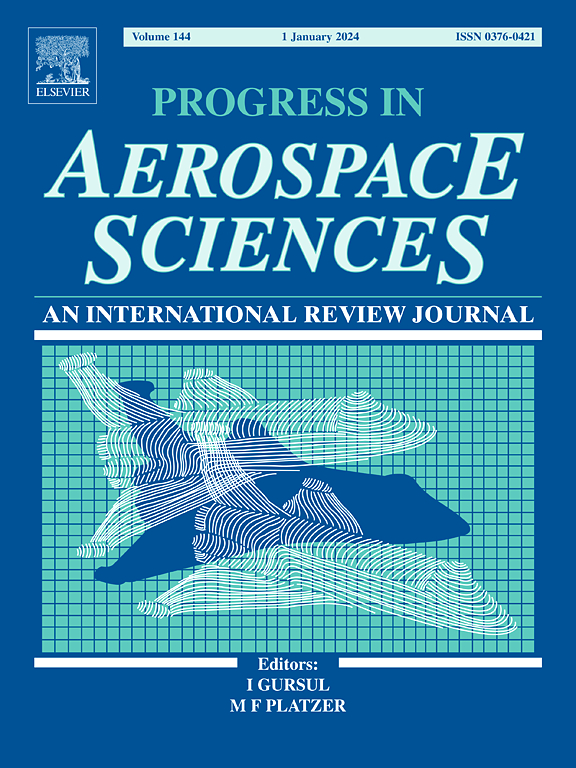用于自组装空间系统的3D打印模块
IF 16.2
1区 工程技术
Q1 ENGINEERING, AEROSPACE
引用次数: 0
摘要
我们回顾了用于自组装航天器和空间机器人的模块的3D打印-结构,致动器,电子元件,传感器-重点关注电机作为机电元件三元组之一。自组装是大空间结构自主施工的必要条件。我们回顾了空间中模块的自组装。自组装可以与3D打印协同,提供从原材料到组装新航天器或栖息地的模块的自动化制造能力。3D打印的一个应用是利用在轨空间碎片作为就地资源——报废的航天器可以作为就地建造所需的原材料进行回收。所有自组装模块构成一个结构,其内部驻留一个执行机构,其外部驻留一个可逆闭锁机构。我们已经展示了一个3D打印的双励磁直流电机,其中没有3D打印的线圈。我们已经将我们的3D打印电机原型结合为两个3D打印TRIGON型面板之间的驱动关节,作为TRIGON(可变形机器人基础设施生成对象网络)自组装和自部署结构概念的组成部分。3D打印的机动可展开面板系统表明,3D打印可以应用于机器人自组装机器的结构部件和执行器部件。这意味着将系统自组装成模块化卫星,作为解决空间碎片的办法。本文章由计算机程序翻译,如有差异,请以英文原文为准。
3D printing modules for self-assembling space systems
We review 3D printing of modules for self-assembling spacecraft and space robots – structure, actuators, electronics, sensors – focusing on motors as one of the mechatronic component triad. Self-assembly is necessary for autonomous construction of large space structures. We review self-assembly of modules in space. Self-assembly may be synergised with 3D printing to offer an automated capability of manufacturing from raw material into modules for assembling new spacecraft or habitats. One application of 3D printing is using space debris on-orbit as an in-situ resource - defunct spacecraft may be salvaged as raw material for in-situ construction on demand. All self-assembling modules constitute a structure within which an internal actuator resides and without which resides a reversible latching mechanism. We have demonstrated a 3D printed dual excitation DC electric motor less the wire coils which were not 3D printed. We have married our 3D printed motor prototype as an actuated joint between two 3D printed TRIGON-type panels as constituent parts of a TRIGON (transformable robotic infrastructure-generating object network) self-assembling and self-deploying structure concept. The 3D printed motorised deployable panel system shows that 3D printing can be applied to both structural and actuator parts of a robotic self-assembling machine. This has implications for self-assembling systems into modular satellites as a solution to space debris.
求助全文
通过发布文献求助,成功后即可免费获取论文全文。
去求助
来源期刊

Progress in Aerospace Sciences
工程技术-工程:宇航
CiteScore
20.20
自引率
3.10%
发文量
41
审稿时长
5 months
期刊介绍:
"Progress in Aerospace Sciences" is a prestigious international review journal focusing on research in aerospace sciences and its applications in research organizations, industry, and universities. The journal aims to appeal to a wide range of readers and provide valuable information.
The primary content of the journal consists of specially commissioned review articles. These articles serve to collate the latest advancements in the expansive field of aerospace sciences. Unlike other journals, there are no restrictions on the length of papers. Authors are encouraged to furnish specialist readers with a clear and concise summary of recent work, while also providing enough detail for general aerospace readers to stay updated on developments in fields beyond their own expertise.
 求助内容:
求助内容: 应助结果提醒方式:
应助结果提醒方式:


